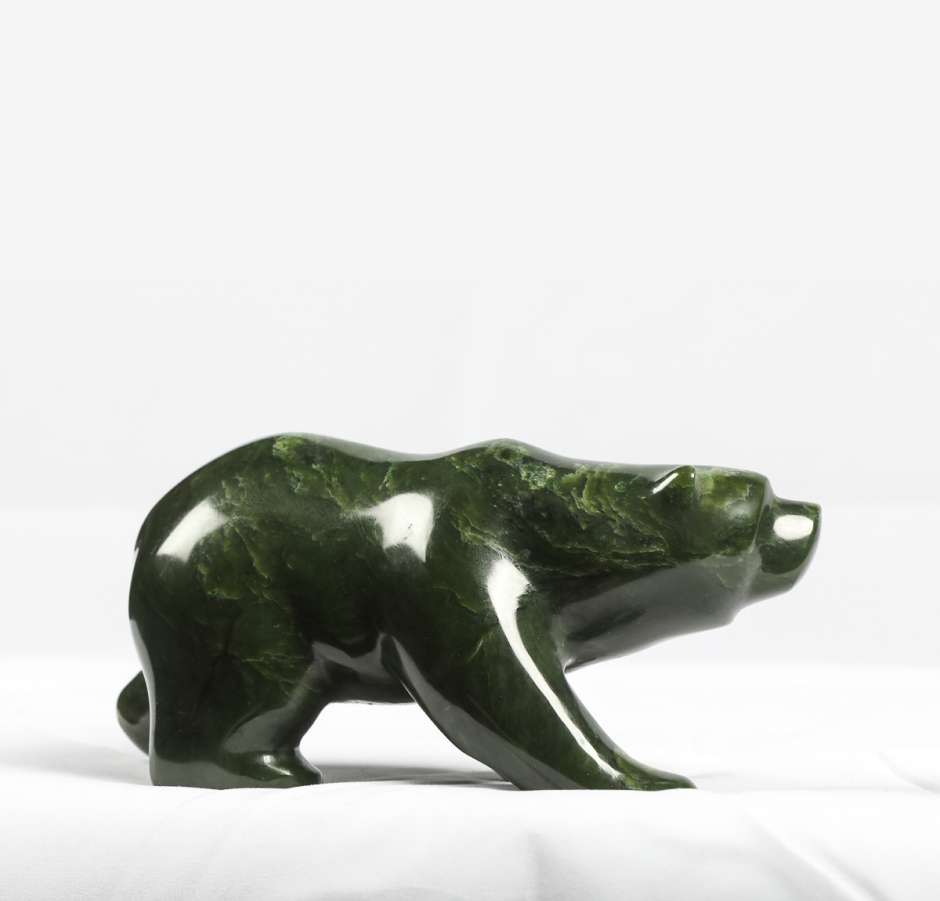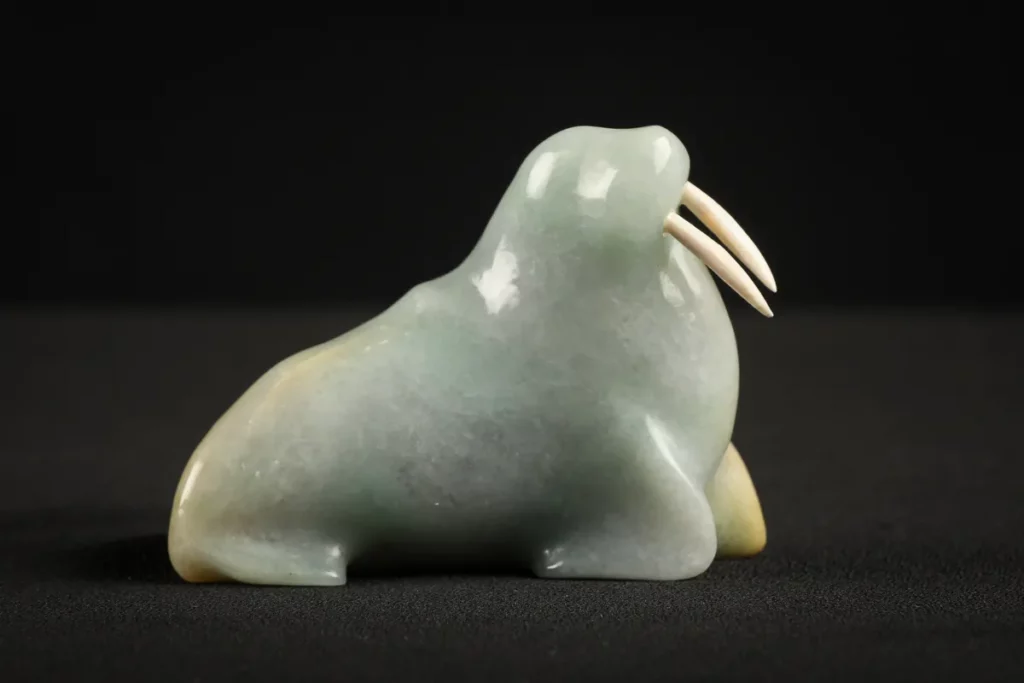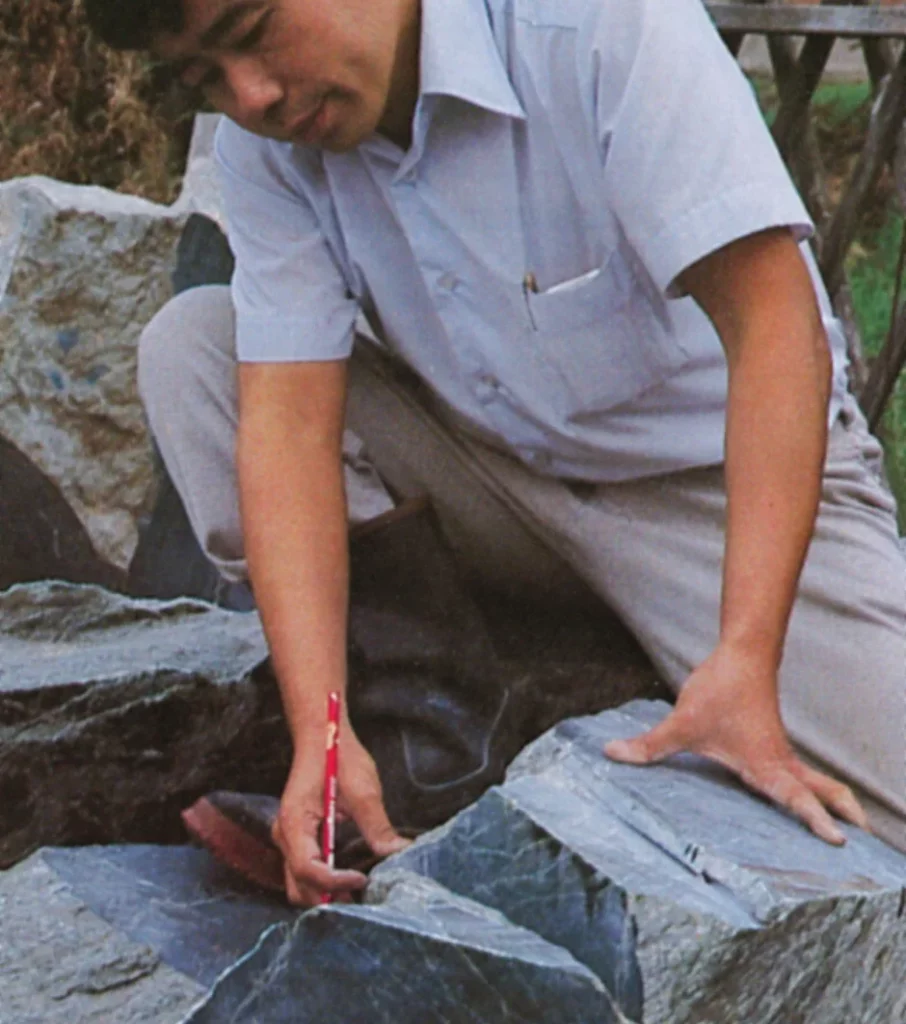News & Articles
Latest EA Studios Blog Posts
Where Does Beautiful Polished Jade Come From?
Polished jade is beautiful, with the stones use originating from prehistoric times. Upon first glance at the stone, it’s blatantly clear why this renowned mineral has stuck around through the ages. The stone is highly durable, so historically it was carved into objects like weapons, tools or utensils. Today, you can most commonly find polished jade used in the creation of luxurious items like jewelry and sculptures. To fully appreciate the journey of bringing this mineral from the jade mine to your necklace, it’s important to understand the entire process involved and the historical value this stone holds.
Where Does Polished Jade Come From?
Jade mining is a careful practice that experts have been perfecting for years. It’s a tough stone; therefore, miners must extract boulders containing the mineral from the ground or jade mine and then drill in to break off the pieces of value.
Jade mines can be found globally in locations such as New Zealand, Russia, China, Canada, the United States, Siberia and beyond. Although jade mining is practiced around the globe, the mineral can only be found in metamorphic rocks.
A metamorphic rock is a stone that started out as a rock and, due to environmental factors like high heat and pressure exposure, transforms into a new state.
Some jade is exported raw, unprocessed, directly from the mine without further treatment. However, most stones are cleaned and processed to be sold as polished jade before sale to ensure the highest quality.
Is All Jade The Same?
There are two forms of jade, and although they may appear nearly identical in appearance, both gems have verifying qualities of hardness, density, composition and crystal structure. It wasn’t until the mid-1800s that mineralogists could even tell the difference between the two forms of jade.
Nephrite is the most common form of jade and can be found in varying shades of green spiralled with creamy white. The higher the iron content is, the greener the rock will be.
Jadeite is the rarer form of jade, although when both forms are presented as polished jade, the average eye might not be able to tell the difference. Jadeite develops in rocks formed under much higher pressure than nephrite and can be found in various colours, including lavender, white, blue, green, and black.
The jade mining trade in Myanmar (Burma) is known to be the highest quality of jadeite in the world. The country holds over 70 percent of the jadeite production in the world, translating into the globe’s largest jade mine of this form.
Sculpting Masterpieces Out Of Polished Jade
Since the beginning of time, artists have sculpted polished jade into art like jewelry, figurines, artifacts, and just about any other form you can imagine. In its early years, jade was a versatile tool because of its strength but as humans evolved, so have the creations made with jade.
The jade variety known as jadeite has nearly the same level of hardness as quartz. However, the second variety, nephrite, is slightly softer, making it easier to work the rock with minerals such as bamboo or garnet sand. As nephrite is widely available, most products you see in the market are probably crafted from it, but there are a few exceptions.
No matter the classification of the stone, jade’s appearance is known to hold many fine lines and details. One popular artist, David Wong, uses this to his advantage and sometimes adds a rough rock base to the crafted jade sculptures to shine a light on the fine details. This technique draws out every detail in the stone and highlights the beauty hidden within.
Polished Jade Through The Years
Due to its prehistoric discovery, it’s hard to pinpoint the exact timeframe jade was first discovered. Still, researchers have evidence of the stone dating as early as 3500 BC, when Chinese cultures began identifying the stone with the character Yu, symbolizing the royal gem.
Jade is commonly interpreted to hold healing powers, and this is only one of the many beliefs about the gem. Those living in Ancient China claimed jade to represent beauty, longevity, purity and mortality. These strong beliefs quickly spread and helped fuel the popularity of jade across the globe, in prehistoric times and today.
View jade sculptures and creations by artist David Wong on our website. To find out more information about jade art or to book a viewing, please contact EA Studios Calgary here.


